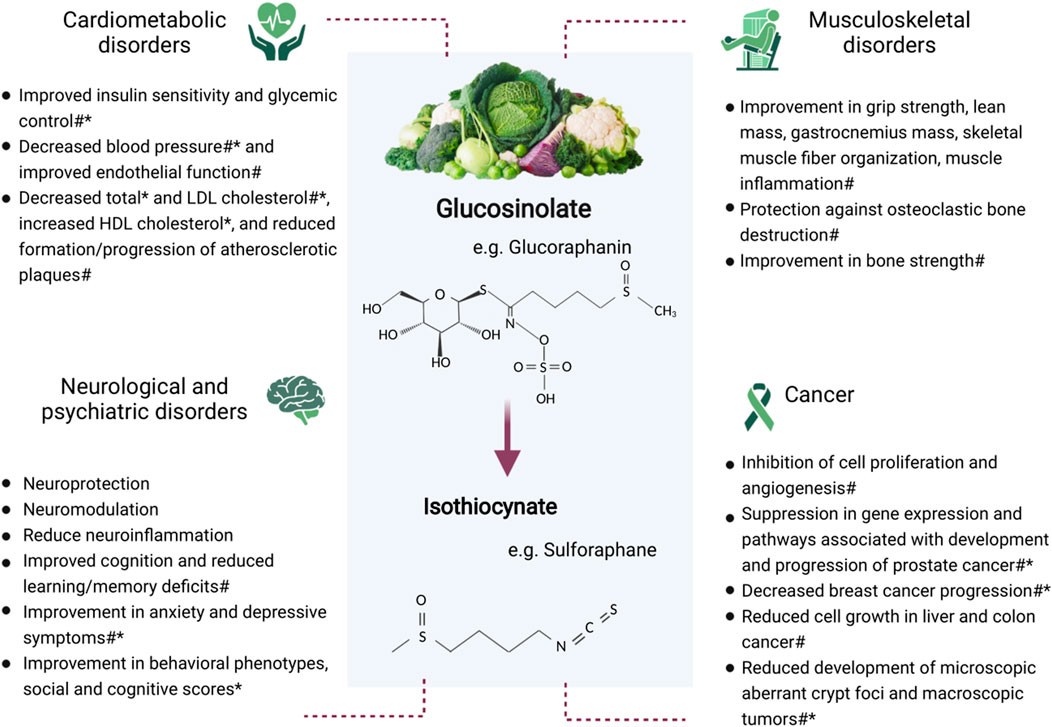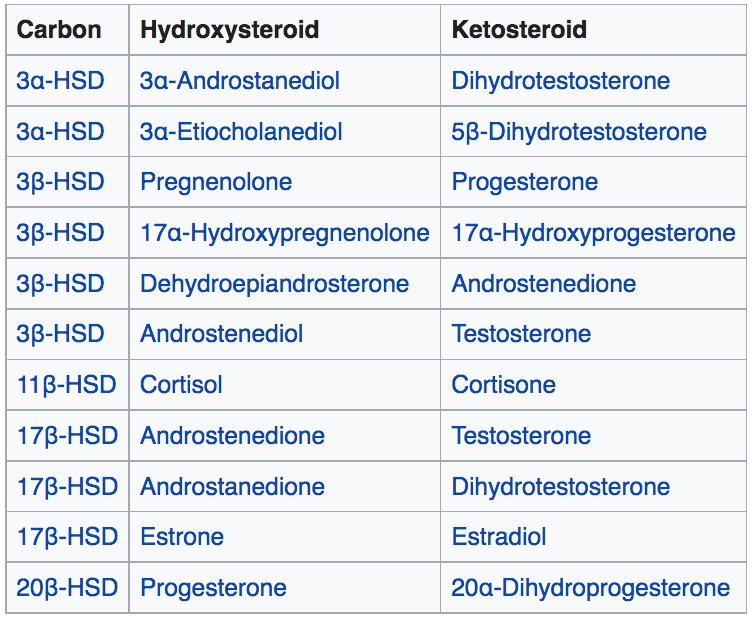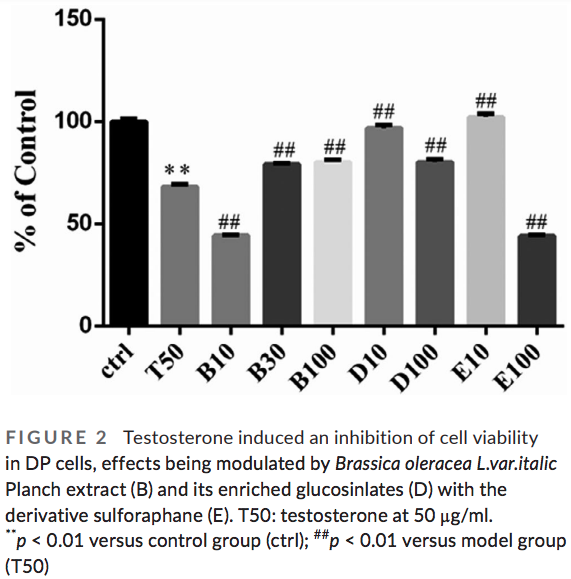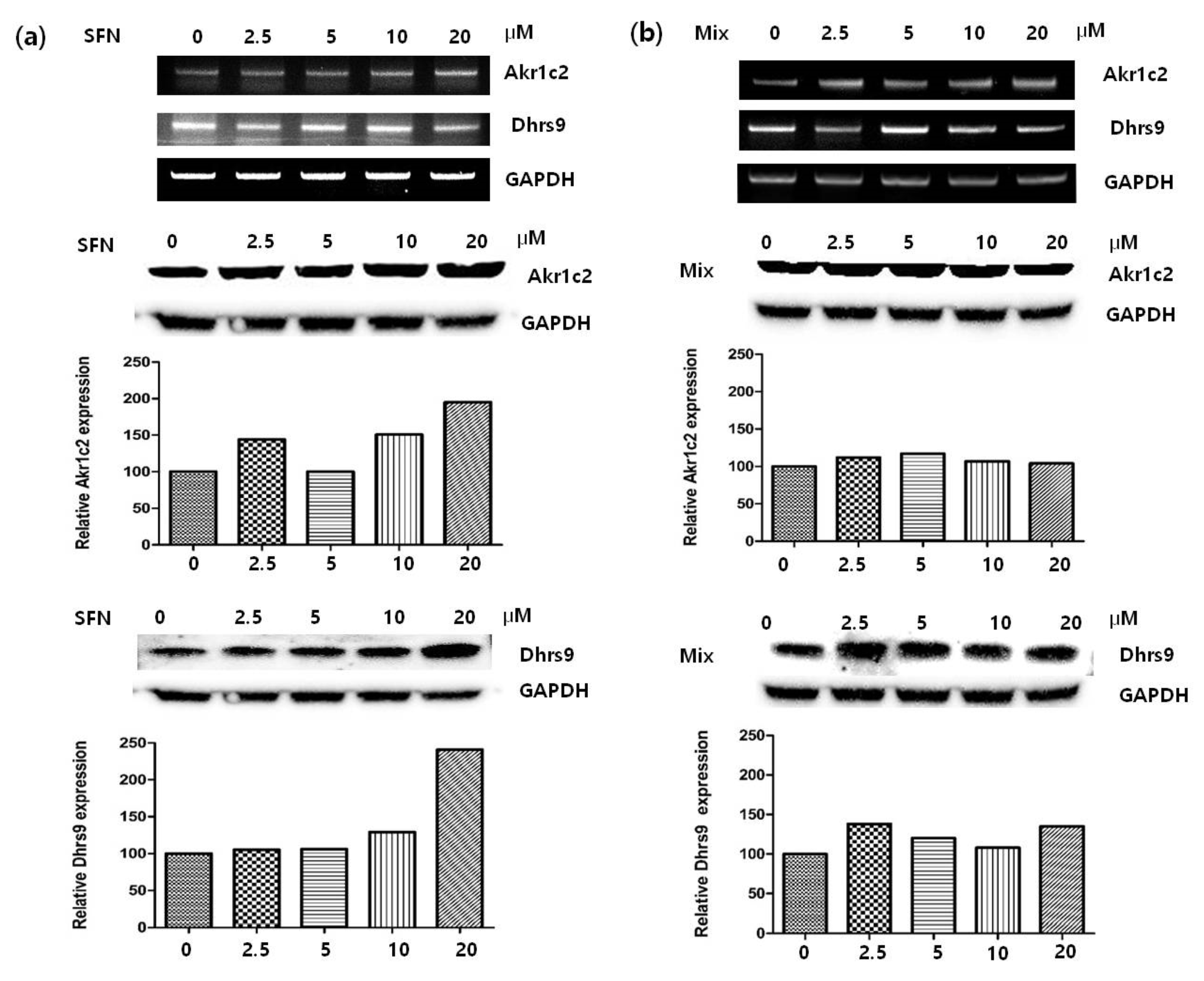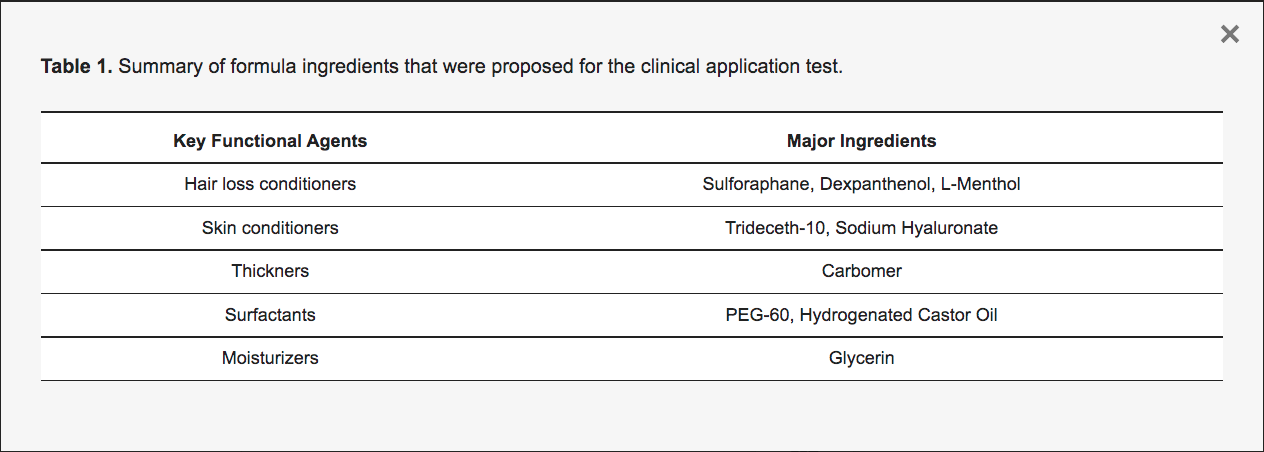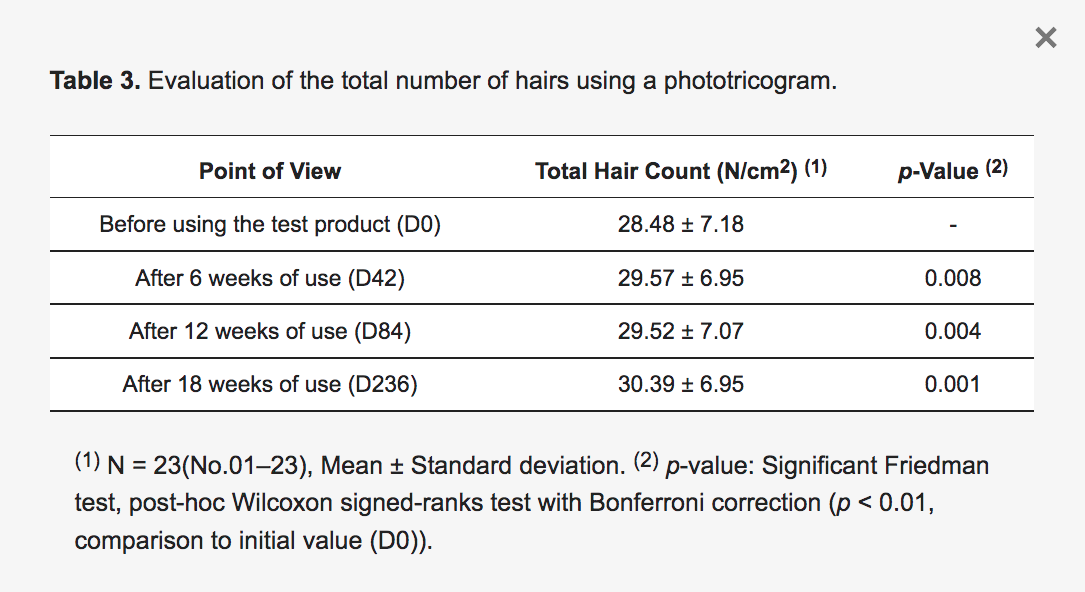- About
- Mission Statement
Education. Evidence. Regrowth.
- Education.
Prioritize knowledge. Make better choices.
- Evidence.
Sort good studies from the bad.
- Regrowth.
Get bigger hair gains.
Team MembersPhD's, resarchers, & consumer advocates.
- Rob English
Founder, researcher, & consumer advocate
- Research Team
Our team of PhD’s, researchers, & more
Editorial PolicyDiscover how we conduct our research.
ContactHave questions? Contact us.
Before-Afters- Transformation Photos
Our library of before-after photos.
- — Jenna, 31, U.S.A.
I have attached my before and afters of my progress since joining this group...
- — Tom, 30, U.K.
I’m convinced I’ve recovered to probably the hairline I had 3 years ago. Super stoked…
- — Rabih, 30’s, U.S.A.
My friends actually told me, “Your hairline improved. Your hair looks thicker...
- — RDB, 35, New York, U.S.A.
I also feel my hair has a different texture to it now…
- — Aayush, 20’s, Boston, MA
Firstly thank you for your work in this field. I am immensely grateful that...
- — Ben M., U.S.A
I just wanted to thank you for all your research, for introducing me to this method...
- — Raul, 50, Spain
To be honest I am having fun with all this and I still don’t know how much...
- — Lisa, 52, U.S.
I see a massive amount of regrowth that is all less than about 8 cm long...
Client Testimonials150+ member experiences.
Scroll Down
Popular Treatments- Treatments
Popular treatments. But do they work?
- Finasteride
- Oral
- Topical
- Dutasteride
- Oral
- Topical
- Mesotherapy
- Minoxidil
- Oral
- Topical
- Ketoconazole
- Shampoo
- Topical
- Low-Level Laser Therapy
- Therapy
- Microneedling
- Therapy
- Platelet-Rich Plasma Therapy (PRP)
- Therapy
- Scalp Massages
- Therapy
More
IngredientsTop-selling ingredients, quantified.
- Saw Palmetto
- Redensyl
- Melatonin
- Caffeine
- Biotin
- Rosemary Oil
- Lilac Stem Cells
- Hydrolyzed Wheat Protein
- Sodium Lauryl Sulfate
More
ProductsThe truth about hair loss "best sellers".
- Minoxidil Tablets
Xyon Health
- Finasteride
Strut Health
- Hair Growth Supplements
Happy Head
- REVITA Tablets for Hair Growth Support
DS Laboratories
- FoliGROWTH Ultimate Hair Neutraceutical
Advanced Trichology
- Enhance Hair Density Serum
Fully Vital
- Topical Finasteride and Minoxidil
Xyon Health
- HairOmega Foaming Hair Growth Serum
DrFormulas
- Bio-Cleansing Shampoo
Revivogen MD
more
Key MetricsStandardized rubrics to evaluate all treatments.
- Evidence Quality
Is this treatment well studied?
- Regrowth Potential
How much regrowth can you expect?
- Long-Term Viability
Is this treatment safe & sustainable?
Free Research- Free Resources
Apps, tools, guides, freebies, & more.
- Free CalculatorTopical Finasteride Calculator
- Free Interactive GuideInteractive Guide: What Causes Hair Loss?
- Free ResourceFree Guide: Standardized Scalp Massages
- Free Course7-Day Hair Loss Email Course
- Free DatabaseIngredients Database
- Free Interactive GuideInteractive Guide: Hair Loss Disorders
- Free DatabaseTreatment Guides
- Free Lab TestsProduct Lab Tests: Purity & Potency
- Free Video & Write-upEvidence Quality Masterclass
- Free Interactive GuideDermatology Appointment Guide
More
Articles100+ free articles.
-
Topical Minoxidil for Hair Growth: Efficacy, Safety, and How to Enhance Results
-
Oral Minoxidil for Hair Growth: Is it Effective and Safe? Our Analysis
-
Introducing Ulo: The Future of Hair Loss Telemedicine
-
OS-01 Hair Review: Does It Live Up to the Hype?
-
Stretching The Truth: 3 Misrepresented Claims From Hair Loss Studies
-
Minoxidil Shedding – What to Expect & When it Stops
-
Does Minoxidil Cause Skin Aging?
-
Thermus Thermophilus Extract Does Not Increase Hair Density By 96.88%, Despite Dermatology Times’ Claims.
PublicationsOur team’s peer-reviewed studies.
- Microneedling and Its Use in Hair Loss Disorders: A Systematic Review
- Use of Botulinum Toxin for Androgenic Alopecia: A Systematic Review
- Conflicting Reports Regarding the Histopathological Features of Androgenic Alopecia
- Self-Assessments of Standardized Scalp Massages for Androgenic Alopecia: Survey Results
- A Hypothetical Pathogenesis Model For Androgenic Alopecia:Clarifying The Dihydrotestosterone Paradox And Rate-Limiting Recovery Factors
Menu- AboutAbout
- Mission Statement
Education. Evidence. Regrowth.
- Team Members
PhD's, resarchers, & consumer advocates.
- Editorial Policy
Discover how we conduct our research.
- Contact
Have questions? Contact us.
- Before-Afters
Before-Afters- Transformation Photos
Our library of before-after photos.
- Client Testimonials
Read the experiences of members
Before-Afters/ Client Testimonials- Popular Treatments
-
ArticlesSulforaphane For Hair Loss – Does It Live Up To The Hype?
First Published Apr 30 2022Last Updated Oct 29 2024IngredientsNatural Remedies Researched & Written By:Perfect Hair Health Team
Researched & Written By:Perfect Hair Health Team Reviewed By:Rob English, Medical Editor
Reviewed By:Rob English, Medical Editor
Want help with your hair regrowth journey?
Get personalized support, product recommendations, video calls, and more from our researchers, trichologists, and PhD's dedicated to getting you the best possible outcomes.
Learn MoreArticle Summary
Sulforaphane is a molecule found in vegetables like broccoli. In recent years, it has been touted as a potential hair loss treatment. The logic is as follows: (1) in vitro studies suggest sulforaphane encourages the conversion of hair loss-promoting hormones – like DHT – into “hair-safe” hormones such as androstanediol; (2) in mouse models, sulforaphane improves hair growth outcomes, and (3) in humans, a 2021 study showed that sulforaphane (formulated as a conditioner) regrew hair. But is this evidence compelling enough to start investing in sulforaphane as a hair growth agent? And what don’t these studies tell us about this molecule? This article provides our take on the data.
Full Article
Sulforaphane Counters Hair Loss? Really?
It hasn’t been long since Rhonda Patrick – a notable YouTube figure in the health and wellness space – brought to the limelight the molecule sulforaphane. This sulfur-rich molecule has garnered support in a variety of research topics like aging, anti-inflammation, and brain health.
It took less than a decade before people began investigating its potential for hair loss, and before self-experimenteés began trying it themselves for the potential hair regrowth mechanisms.
Before considering hopping on this trend, one must consider the current data as it relates to hair loss. Also, it’s important to determine whether or not certain anecdotes can convince us of its efficacy. And finally, we’ll take a look at where the research is heading in respect to sulforaphane.
What Is Sulforaphane?
Sulforaphane is a single molecule that comes from a family of molecules known as isothiocyanates. These compounds are actually some really unique compounds and very well known for their anti-carcinogenic potential.
They’re normally found in a lot of the vegetables and herbs that are a part of a standard diet.
Connolly EL, Sim M, Travica N, Marx W, Beasy G, Lynch GS, Bondonno CP, Lewis JR, Hodgson JM and Blekkenhorst LC (2021) Glucosinolates From Cruciferous Vegetables and Their Potential Role in Chronic Disease: Investigating the Preclinical and Clinical Evidence. Front. Pharmacol. 12:767975.
“Cruciferous vegetables include arugula (rocket), bok choy, broccoli, Brussels sprouts, cabbage, cauliflower, collard greens, daikon, horseradish, kale, kohlrabi, radish, turnips, wasabi, and watercress…”[1]https://www.frontiersin.org/articles/10.3389/fphar.2021.767975/full
But what exactly makes isothiocyanates, and then more specifically sulforaphane, so useful for such a large number of health-related disorders? It comes down mainly to its functional group. That is, the thing that gives it its potency.
The functional group of sulforaphane is the N=C=S bond. Basically, a nitrogen atom, a carbon atom, and a sulfur atom all hanging out with each other side by side. Funny enough, this is one step away from basically cyanide which is just carbon and nitrogen together.
It’s actually also precisely because it’s a little toxic like cyanide, that it actually activates a number of defense genes within our cells. And so as a response, things like antioxidants are produced in large amounts.
A little bit of a bad thing triggers a positive effect; this is otherwise known as hormesis.
How Is Sulforaphane Related To Health?
Because of this hormetic effect, we see sulforaphane doing a number of things within cells, not just boosting antioxidants.
Sulforaphane is known to…
- Increase NRF2 signaling (one of our most important genes in promoting longevity and a strong defense system).
- Inhibit the inflammatory protein NF-κB, which is no good for hair loss.
- Inhibit the onset of high blood pressure and cardiac dysfunction.
- Lower our HBA1C value (a marker of oxidative stress in our regular ol’ blood tests).
- Protect against the pathological mechanisms of bad foods like high fat high sugary foods.
- Potentiaally lower LDL cholesterol.
- Potentially reduce ß-amyloid and Tau plaques (two of the most common proteins known to be causally associated with Alzheimer’s disease, dementia, and ALS).
- Modify our epigenome in a favorable way.
- Improve schizophrenia and the associated symptoms.
- Improve lean muscle mass and reduce muscle damage.
- And more …
Does It Help With Hair Growth?
Hype around sulforaphane began – in part – due to Rhonda Patrick’s mentioning of it on the Joe Rogan podcast. It wasn’t long before someone found a study relating to the use of sulforaphane in degrading dihydrotestosterone (DHT) – the causative hormone in respect to androgenic alopecia. Naturally, this caught our attention because it was one of the first compounds we had heard of being capable of breaking down DHT.
But sulforaphane doesn’t actually break down DHT. Instead, it signals for a hormone that uses DHT and converts it into its less androgenic form: androstanediol.
Essentially how it appeared to work based on some of the first mice studies were as follows:
- Give mice sulforaphane → Increase in the enzyme in the liver 3α-HSD → DHT gets bound by 3α-HSD and converted into less androgenic metabolites = DHT is reduced dramatically.
With less DHT present and circulating within the bloodstream, the belief was that there is less of a chance of androgen-induced hair follicle miniaturization.
But that’s not at all…
It appears that sulforaphane may increase the ability of the entire set of hydroxysteroid dehydrogenase enzymes to function.
This is a big deal, as these are the enzymes that catalyze the conversion of hormones into more inactive states. It does this by providing the coenzyme that’s naturally needed for those enzymes to function at their best, NADPH.
Knowing this, what can be expected? A variety of hormone conversions, for one. For example, Wikipedia provides a simple table on the potential reaction by these enzymes on hormones:
Reactions go from their hydroxy form to keto form. Some hormones can become more potent. Other hormones can become less potent. It’s difficult to predict with accuracy since some of these hormones can be reversed too.
Now does this information translate in any meaningful way to hair loss? Let’s take a look.
What’s The Evidence Of Sulforaphane For Hair Loss?
One of the first studies analyzing the use of sulforaphane as a hair loss therapeutic was performed on mice.[2]https://pubmed.ncbi.nlm.nih.gov/26923074/ In general Sasaki et al. noticed a couple of things when utilizing 10mg/kg sulforaphane:
- When sulforaphane was given during the period of time when mice experience prolonged telogen, there was a marked increase in hair growth and hair pigment when compared to the control group.
- Six weeks following depilation (when the hair comes out), the mice given sulforaphane saw greater growth when compared to the control.
- Sulforaphane significantly decreased plasma DHT levels in the experimental mice group as compared to the control. This was again because of the increase in the DHT degrading enzymes.
- The authors noticed a dose-dependent increase in the DHT degrading enzymes with sulforaphane (something seen in the other studies as well).
At a moderate dose of 10mg/kg too, this remained a relatively substantial finding. This is important, because when adjusting dosages from mice to humans, most people supplement with well over 300mg of sulforaphane and seem to tolerate it just fine. For these reasons, mouse models within that 10mg/kg dosing range may have an improved possibility of translating to human use.
In vitro studies done on sulforaphane also support the notion that it both reduces DHT levels and inhibits testosterone production in a dose-dependent manner.
Luo, Z., & Zhang, X. (2021). Brassica oleracea extract, glucosinolates, and sulforaphane promote hair growth in vitro and ex vivo. Journal of Cosmetic Dermatology.
Take, for example, this graph from the following study that showed sulforaphane (E) at 1μg/ml (a ridiculously low dose) had the most prominent effect in reducing the effect of testosterone on cell growth.[3]https://onlinelibrary.wiley.com/doi/10.1111/jocd.14180
The researchers from the same study noticed that when given testosterone in a cell culture, hair growth from mice was inhibited. But when sulforaphane was added, hair growth was rescued in a dose-dependent manner, with more not being better in this case.
“…treatment with testosterone alone (50 μg/ml; Model) produced an obvious inhibition of the hair shaft growth on days 3–6, when compared with the control group… sulforaphane (10 μg/ml; E10) promoted the growth of the hair shaft of the hair follicle, when compared with the model group.”
Likewise, in another research piece reviewing mechanisms by which sulforaphane rescues hair follicle growth and reduces catagen entry, sulforaphane is seen triggering the same action. It primarily activates that hugely important gene NRF2, which increases our antioxidant response system and reduces apoptosis (programmed cell death).
With higher NRF2 expression, the hair follicles quite literally reverse from almost catagen to anagen and are not shed. This prevents the miniaturization process and helps keep hair follicles around for longer.[4]https://pubmed.ncbi.nlm.nih.gov/27702566/
What About Human Studies?
It was only recently in 2021 that an actual study performed on humans with sulforaphane as a hair loss therapeutic was performed. In that paper, the authors used sulforaphane in a conditioner instead of an oral supplement or a topical.[5]https://www.mdpi.com/2079-9284/8/3/63/htm
After a critical evaluation of the study, it appears to be well-designed (despite having some problems). Let’s start with the positives.
First, the authors in this study made sure to leave no room for the potential of confounding factors affecting their results, or their samples affecting their results. For example, in all preliminary samples that they studied in vitro, they made sure that their confounding ingredients were not capable of growing hair itself, or causing damage to hair follicles. Researchers employ this by creating negative control groups to compare against treatment groups:
“As negative controls, four common ingredients were also employed, including dexpanthenol, biotin, l-menthol, and zinc pyrithione…”
Second, when assessing the effect of sulforaphane, the authors confirmed, in a dose-dependent manner, that the more sulforaphane taken, the more the DHT degrading enzyme is produced (according to their preclinical tests).
Park Y, Choi K, Kim H, Lee J, Park G, Kim J. Sulforaphane, L-Menthol, and Dexpanthenol as a Novel Active Cosmetic Ingredient Composition for Relieving Hair Loss Symptoms. Cosmetics. 2021; 8(3):63.
The following graph shows that on (a), the higher the dose of sulforaphane (0, 2.5, 5, 10, and 20 µM), the more the enzyme that degrades DHT expresses itself.
In the hair loss product given to participants, they provided a list of all ingredients present and since they tested for the active ingredients involved (but not the carriers, surfactants, or thickeners; although naturally, they don’t have a hair growing effect), they knew all results, if effective, would be solely due to sulforaphane.
Park Y, Choi K, Kim H, Lee J, Park G, Kim J. Sulforaphane, L-Menthol, and Dexpanthenol as a Novel Active Cosmetic Ingredient Composition for Relieving Hair Loss Symptoms. Cosmetics. 2021; 8(3):63.
So, what did these researchers find?
After 18 weeks of using this product, participants experienced the following:
- After 18 weeks, there was a visually greater growth of the crown and forehead line by 87%. A shortcoming of this is that it was simply a visual analysis and the deviation was very large (+/- 69%).
Park Y, Choi K, Kim H, Lee J, Park G, Kim J. Sulforaphane, L-Menthol, and Dexpanthenol as a Novel Active Cosmetic Ingredient Composition for Relieving Hair Loss Symptoms. Cosmetics. 2021; 8(3):63.
- After 18 weeks, there was a statistically significant increase in the number of hair follicles within a given area of the scalp. However, the increase was modest. Day one, the hair count was 28 N/cm2, and after 18 weeks hair count was 30 N/cm2. That’s a +2 increase, which isn’t much. But the authors did use statistical corrections to make sure that this wasn’t some fluke finding (via bonferroni correction). Sulforaphane did increase hair count. Just not to the degree of biological significance (which is much more subjective), which is probably due to the fact that a conditioner was the method of delivery.
Park Y, Choi K, Kim H, Lee J, Park G, Kim J. Sulforaphane, L-Menthol, and Dexpanthenol as a Novel Active Cosmetic Ingredient Composition for Relieving Hair Loss Symptoms. Cosmetics. 2021; 8(3):63.
How to Interpret the Data
Science moves slowly; there are a lot of regulations, review boards, certifications, and agreements that need to be made before a study is even carried out. It’s only natural that less than six to seven studies exist at the moment in relation to sulforaphane and hair loss.
But based on the current evidence, it’s very possible that sulforaphane may lower DHT levels by activating the 3α-HSD enzyme in humans. How strong of an effect it has is yet to be determined. Based on the listed studies, it appears there is at least some effect.
The biggest problem with this latest study is the sulforaphane’s mode of delivery: via a conditioner. Conditioners are meant to coat the hair, not the scalp. Conditioners also have minimal contact time with our scalp skin – particularly versus oral and topical formulations. This dramatically reduces the opportunity for the ingredients inside the conditioner to break through the skin’s outer levels, enter the outer root sheath and dermal papillae cell clusters of hair follicles, and begin to have an effect. And then they’re washed off seconds-to-minutes after application.
In other words, if we wanted our hair growth ingredients to have the least possible impact, we would choose a shampoo or conditioner for its delivery. That’s why nobody (in their right mind) is selling finasteride or minoxidil as a shampoo or conditioner; it just doesn’t work as well.
The good thing about this mechanism of DHT inhibition is that unlike other DHT-lowering drugs. Sulforaphane (so far) does not appear to block neurosteroid synthesis, and it isn’t believed to target the 5αR enzyme. This suggests that it might be a great alternative for individuals who cannot tolerate FDA-approved hair loss drugs – provided that the research continues to bore out positively.
Because the only human study on sulforaphane utilized it in a conditioner product, instead of potentially and more effectively in a topical format, we cannot support its use for hair loss at the moment. And remember: the increase in hair counts was just +2 hair follicles per cm2. That would translate to essentially 1,000-2,000 more hair follicles overall on the scalp. That level of regrowth may sound big at-scale, but it is minuscule cosmetically and could also be attributed to seasonal changes in follicle counts.
Based On The Current Evidence
Based on the current evidence, it probably doesn’t hurt to incorporate sulforaphane or sulforaphane-rich foods into your diet for the general support it provides – from a health perspective and (possibly) from a hair perspective.
We know conditions like androgenic alopecia have some corollary to metabolic diseases like cardiovascular disease. Since sulforaphane has more research supporting its use in relation to those metabolic diseases, it is possible that a downstream benefit of sulforaphane on hair health comes from being generally more healthy.
You could also try moderate doses of sulforaphane and see if it had an effect on both your serum T and DHT levels by doing a before-and-after blood test. *But, as always, consult with your physician before doing anything.*
There is a strong possibility that if sulforaphane does work for hair regrowth, a more appropriate method would be a topical formulation. After scouting around a bit we couldn’t find any suppliers that provided topical sulforaphane. But as research develops, we’ll keep everyone posted (and update this article).
Want help with your hair regrowth journey?
Get personalized support, product recommendations, video calls, and more from our researchers, trichologists, and PhD's dedicated to getting you the best possible outcomes.
Learn More
Perfect Hair Health Team
"... Can’t thank @Rob (PHH) and @sanderson17 enough for allowing me to understand a bit what was going on with me and why all these [things were] happening ... "
— RDB, 35, New York, U.S.A."... There is a lot improvement that I am seeing and my scalp feel alive nowadays... Thanks everyone. "
— Aayush, 20’s, Boston, MA"... I can say that my hair volume/thickness is about 30% more than it was when I first started."
— Douglas, 50’s, Montréal, CanadaWant help with your hair regrowth journey?
Get personalized support, product recommendations, video calls, and more from our researchers, trichologists, and PhD's dedicated to getting you the best possible outcomes.
Join Now - Mission Statement
 Scroll Down
Scroll Down